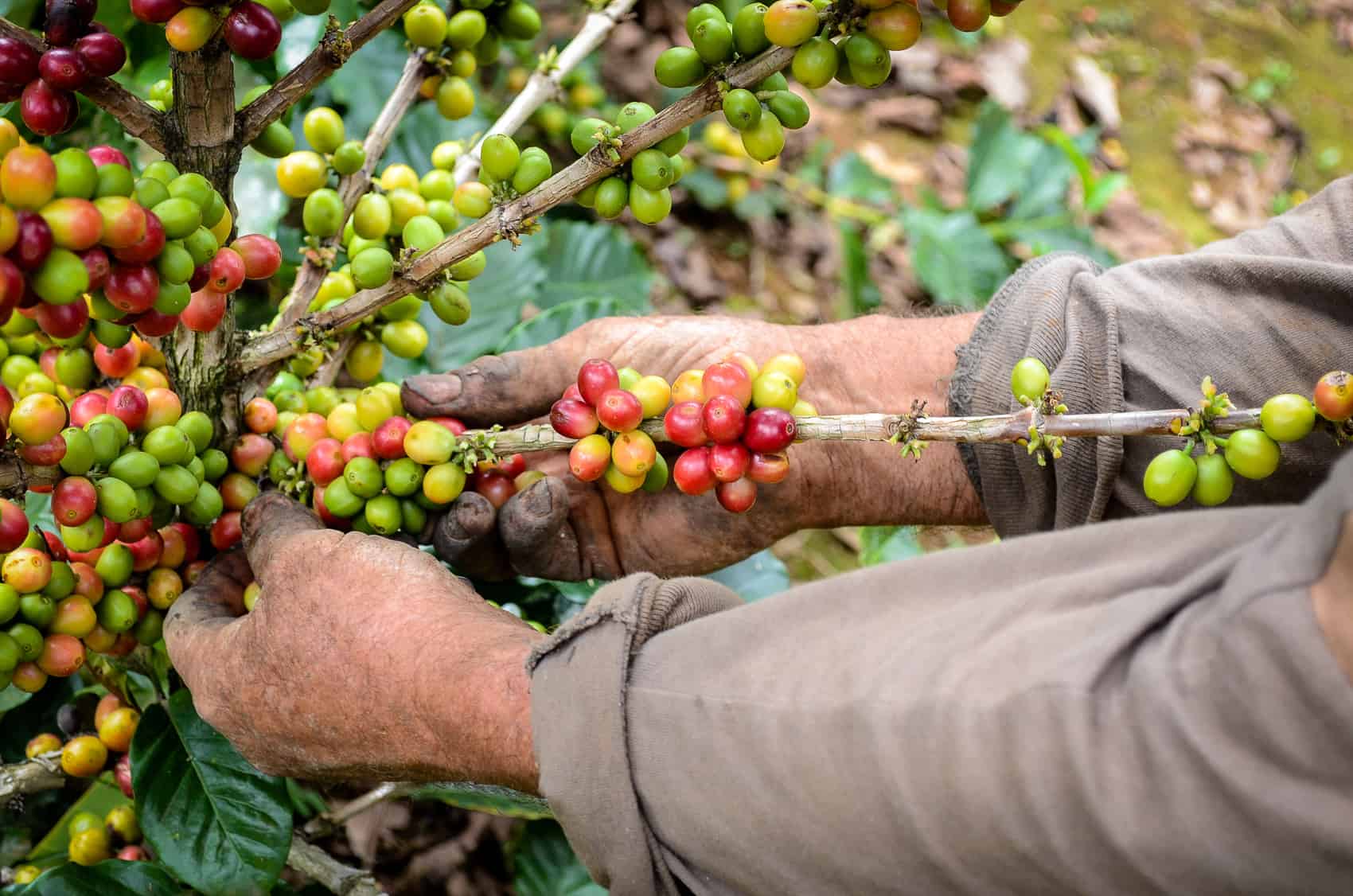Costa Rica’s coffee industry faces losses of up to 10% as Nicaragua’s strict new immigration laws and unseasonable rains disrupt the crucial harvest season. Recent restrictions implemented by the Nicaraguan regime of Daniel Ortega have made it difficult for many people to come to work in Costa Rica as they historically have. Ortega imposed a new law with penalties of two to six years in jail for Nicaraguans who enter, leave, or attempt to leave the national territory in an irregular manner, in addition to a fine of $1,000.
According to ICAFE, labor shortages left 15% of the grain unharvested, accumulating on the farm floor. During the current coffee harvesting season, not even 50 laborers from Nicaragua have entered the country legally, according to Victor Carvajal, head of the Ministry of Agriculture and Livestock (MAG). This has affected early maturing areas such as Turrialba, Coto Brus, Pérez Zeledón, and Los Santos.
Martín Hidalgo, ICAFE’s technical manager, said that “the speed of harvesting was affected, and therefore, the rains in December, which are somewhat atypical, caused a significant percentage of the grain to fall.” Faced with this situation, ICAFE is carrying out a campaign to encourage Costa Ricans, especially the younger ones, to go to the countryside.
The objective of the strategy is that everyone who wants to can join; everyone is welcome! We know that Costa Ricans, for the most part, are involved in other types of more formal or commercial jobs, but we hope that people can support this activity. This can be a very good source of income for individuals who are unemployed or work informally since the price established by the Ministry of Labor is ¢1,165. However, most farms are paying ¢1,500 ($3) to ¢2,000 ($4).
“Perhaps it is not seen as a lucrative activity, as in the time of our parents or grandparents; however, it is still a very good source of income,” said Dennis Campos from Finca María Auxiliadora in San Pedro de Barva. The 2023-2024 harvest produced 1,607,406 bushels of coffee. This year, the end of the harvest is scheduled for March 31, at which point the actual figures will be known.






